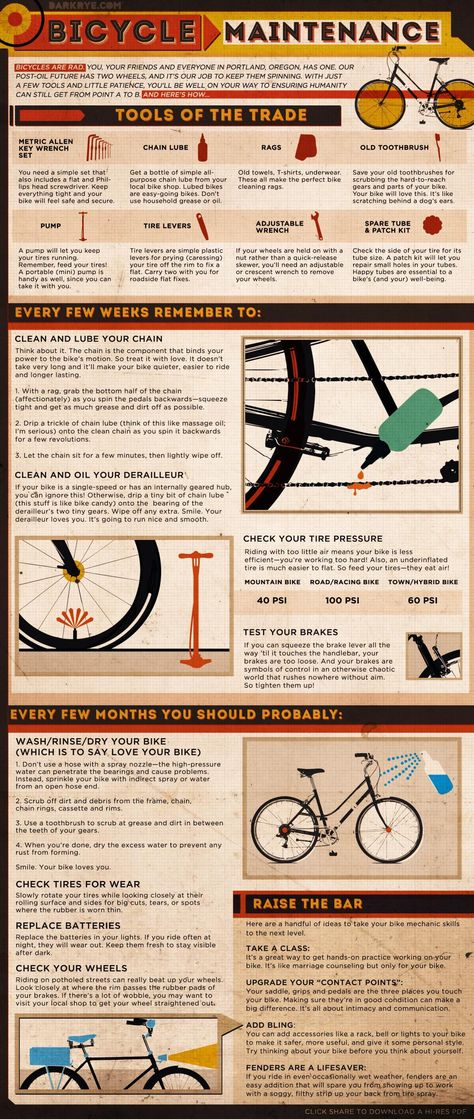Many accidents are caused by underinflated tires. If you’re not doing it already, it’s time to start checking your tires every month. You’ll be saving money, and you could save lives.
Isn’t once every few months enough? No, it isn’t. There are many reasons why you need to check tire pressure every month.
Save money. Tires wear out faster if they’re underinflated, and they wear irregularly if they’re overinflated – so in both cases you’ll need to buy new tires more often. Proper care stabilizes the tire structure and can extend the average life of a tire by a staggering 7,500 km. And you’ll save on fuel: if the tires are underinflated, the vehicle will consume more fuel per mile traveled, and thus achieve lower mileage.
Enjoy a more comfortable ride. Properly inflated tires influence the responsiveness of the vehicle, and its handling and performance. Which takes us to the next point.
Safety first. If tires are under- or overinflated, handling is affected.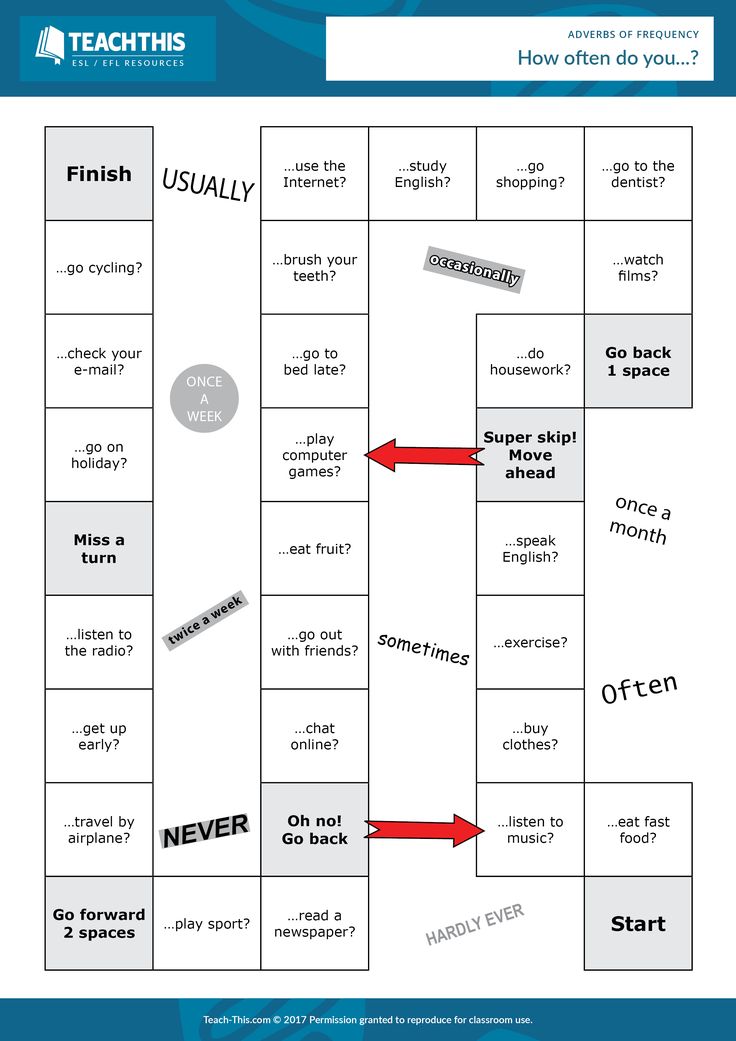 Handling becomes sluggish if the tires are underinflated, and dangerous if they’re overinflated, especially if you’re cornering at high speed. Stopping distance, braking grip and directional stability are all affected. As your tires struggle to stay on the road, heat builds up, making blowouts more likely and increasing the chances of a serious accident.
Handling becomes sluggish if the tires are underinflated, and dangerous if they’re overinflated, especially if you’re cornering at high speed. Stopping distance, braking grip and directional stability are all affected. As your tires struggle to stay on the road, heat builds up, making blowouts more likely and increasing the chances of a serious accident.
Consider the environment. If your car’s tires are underinflated by just 0.3 bar, rolling resistance is increased, so your vehicle will consume about 1.5 percent more fuel and therefore release more CO2. Proper inflation means a perfect balance of maximum safety and fuel economy. Your tires will last longer and you’ll reduce your carbon footprint.
Tire pressure is expressed as pounds per square inch (PSI). It’s based on a vehicle’s weight and size, and it’s important to use exactly the pressure that’s recommended for your vehicle by the manufacturer. This will ensure safety and optimal performance.
Check the pressure every two to four weeks, and always before setting off on longer journeys or if you’re carrying additional loads.
Cold tires. You’ll get a more accurate reading if you check the pressure when the tires are cold, before the outside temperature rises and the tires are exposed to direct sunlight. If the outside temperature increases by 10 degrees Celsius, the tire pressure will increase by 1.6 PSI. In winter, in some climates, tires could experience a drop of up to 5 PSI.
Find the handbook. Identify the manufacturer’s recommended pressure for the front and rear tires of your particular vehicle. This is the minimum amount of air pressure needed in cold tires to support your vehicle. You’ll probably see two figures, one for normal use and one for full loads; it will look something like “35 PSI.” You’ll find this either in the vehicle handbook in the car, or inside the fuel filler cap, or on the driver’s door post. If you can’t find it, consult your vehicle dealer, manufacturer or qualified tire professional.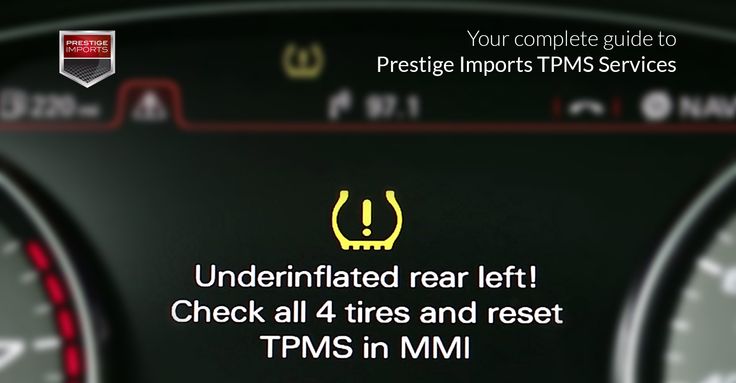
The gauge. Use a reliable, accurate tire pressure gauge either at home (you can buy one at an auto parts dealer) or at a gas station (tire pressure gauges can be used free of charge). Gauges are either battery-operated digital gauges or more traditional stick-type gauges.
Check the tire pressure. Remove the end cap on the tire’s air valve and keep it safe. Place the gauge onto the valve stem and press down quickly and firmly until the hissing sound of air escaping stops. Your gauge will now show a reading of the PSI. Compare this with the manufacturer’s recommendation.
Adjust the pressure. If the reading is above the recommendation, push in the valve to let out some air. You may have to do this a few times until the gauge shows the correct reading. If the PSI reading is below the recommendation, use an air compressor (at the gas station if you don’t own one) to fill the tire with air until it has the correct level. Replace the valve cap tightly and repeat the process with the three remaining tires, plus the spare tire.
Continental has developed a Tire Pressure Monitoring System (TPMS) that works with wheel sensors and brake systems to alert the driver to low tire-pressure levels, via a dashboard warning light.
This invaluable safety feature also helps reduce fuel consumption and CO2 emissions, and increases the length of your car’s optimal performance lifespan.
However, even if your vehicle is equipped with a TPMS, you still need to check tire pressure every two to four weeks, to ensure a better, safer driving experience.
« Sport Mode Provides Number of Performance-Enhancing Advantages
Financing with a Low Credit Score is Possible at Zimbrick »
Jun 29, 2018
In the past, it was necessary to keep a tire gauge handy, so that you could periodically check the pressure of your tires. Thanks to advances in technology, however, checking the pressure and keeping the tires filled to the proper pressure is now easier than ever before. Your vehicle can tell you when the tires need air, but that doesn’t mean that you should always rely on that technology. To give you a better idea of how often you should be checking and filling your car tires, let’s dive a bit deeper into tire air pressure.
Thanks to advances in technology, however, checking the pressure and keeping the tires filled to the proper pressure is now easier than ever before. Your vehicle can tell you when the tires need air, but that doesn’t mean that you should always rely on that technology. To give you a better idea of how often you should be checking and filling your car tires, let’s dive a bit deeper into tire air pressure.
The air pressure in your tires can change drastically depending on the temperature outside. They see the most fluctuation in winter, as the cold temperatures can cause the pressure to drop by as much as five pounds-per-square-inch (PSI). Considering that most tires recommend a PSI between 30 and 40, losing as much as five PSI can be pretty drastic, and if the pressure is not corrected, it can lead to some major issues.
As the seasons have such an effect on the pressure of your tires, how often you’re checking the pressure ultimately depends on the season. For that reason, let’s break things down into both winter and summer.
Given that tire pressure fluctuates so often in the winter, you should be checking the pressure of your tires at least once a month. If your car is equipped with a Tire Pressure Monitoring System (TPMS), you can rest easy, as the warning light will turn on if one or more of the tires ever drop below the pressure that they should be at. Still, it’s important to check at least once a month, as the tires could be at an acceptable pressure, but one that is just slightly above the recommendation. It’s definitely best to check.
The summer heat can cause the air in your tires to expand, but it does not have as much of an impact as the cold temperatures of winter. Still, the recommendation for checking tire pressure is still once a month. A good rule of thumb to remember is that your tires lose about one PSI every month after you fill them, so checking every month can help you to ensure that they are always inflated to the proper pressure. You won’t see quite as many tire pressure warning lights in summer, but you should still be checking often.
You won’t see quite as many tire pressure warning lights in summer, but you should still be checking often.
Here at Zimbrick, we have several service centers in the Madison, Middleton and Sun Prairie areas, and if you have been looking for a place to check your tire pressure, and to have your tires filled, you can do so at any one of our locations. Even better is that you don’t ever need an appointment for the service. Just swing by any one of our service centers or body shops and let the team know what you’re looking for. They can get the pressure of each tire and top them off if at all necessary. We hope to see you in soon.
Tags: How-To
Posted in
Helpful Tips |
No Comments »
Photo: Shutterstock
adv. rbc.ru
rbc.ru
See also
Tires are the only vehicle element that is in constant contact with the road. One of the main indicators of their serviceability is pressure. It affects not only fuel efficiency, but also safety.
As a rule, car manufacturers recommend maintaining tire pressures between 2.0 and 2.8 bar. But in practice there are situations when it is necessary to deviate from this norm.
adv.rbc.ru
Tire pressure should be checked at least once a month, there are several ways to do this. We understand why it is so important to observe the optimal pressure indicator and what it affects.
In this story:
Tire pressure is the resistance with which air "presses" on the inner area of the rubber. Properly inflated tires will last longer, give you better ride quality and improve your driving safety. If the pressure in the tires is too low or they are pumped over, then the car owner runs the risk of facing a number of problems: from buying new tires to the threat of an accident.
Properly inflated tires will last longer, give you better ride quality and improve your driving safety. If the pressure in the tires is too low or they are pumped over, then the car owner runs the risk of facing a number of problems: from buying new tires to the threat of an accident.
Properly inflated tires will last longer (Photo: Global Look Press)
Under-inflated tires are tires that are below the recommended pressure. In this case, the contact patch of rubber with the road increases, which leads to increased friction or rolling resistance. A worn out outer edge of the tread can visually give out such a problem.
Increased friction with the road can cause the tire to overheat, slip and even burst. In addition, low tire pressure leads to:

When tires are over-inflated, that is, above the manufacturer's recommended rate, the contact patch decreases. As a result, the main friction with the road is taken over by the central part of the tire.
Excessive tire pressure leads to excessive sensitivity to road irregularities and the risk of tire damage, even destruction. Overinflated tires also cause the following:
Tatyana Eliseeva, an auto expert, master of sports of international class in motorsport, comments
For flat tires:

For overinflated tires:
Excessive tire pressure leads to excessive sensitivity to road irregularities and the risk of tire damage (Photo: Shutterstock)
For each car model, the manufacturer sets its own optimal tire pressure. This indicator depends on the mass of the car, the speed of operation, the number of passengers (partial or full boarding), as well as the load on the trunk [1].
The recommended tire pressure can be found in the vehicle owner's manual or on one of the plates/stickers in the passenger compartment. They can be:

Tire pressure is measured in several units. In Russia, they usually indicate in kg / cm 2 (or atmospheres) and bars (bar). These two indicators are almost equal, which is why they are often used as synonyms:
Foreign models often use pounds per square inch (pound per square inch), or psi:
For convenience, car manufacturers can indicate pressure in two units at once - bar and psi. Thus, the need to independently calculate according to the formulas disappears. Otherwise, you can do this in one of the online calculators or check the table of popular values.
| 2.0 bar | 2.1 bar | 2.2 bar | 2. 3 bar 3 bar | 2.4 bar | 2.5 bar | 2.6 bar | 2.7 bar | 2.8 bar |
| 29psi | 30psi | 32 psi | 33 psi | 35 psi | 36 psi | 38 psi | 39 psi | 41 psi |
Temperature has a significant effect on tire pressure: when it drops, the pressure in the wheels decreases with it. When the temperature drops by 10 °C, the tire deflates by an average of 0.07–0.14 bar or 1 to 2 psi [2].
Temperature has a significant effect on tire pressure (Photo: Shutterstock)
Summer tires typically use manufacturer's recommended readings. But in winter, it is advised to add about 0.2 bar to these figures [3].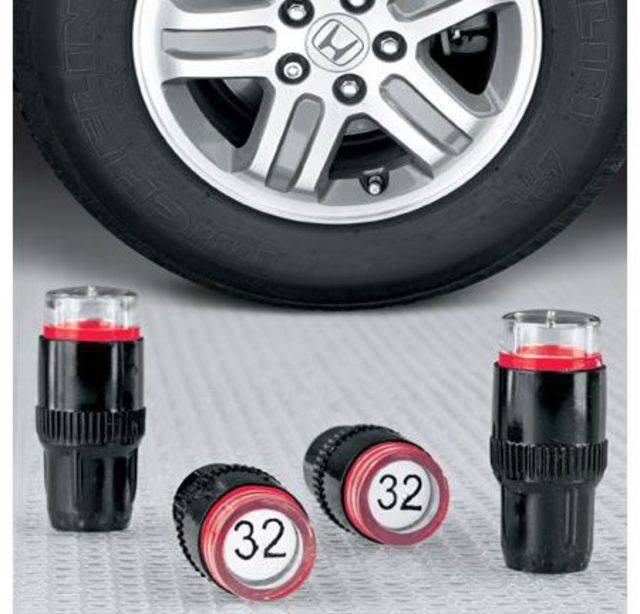
Experts also recommend checking and correcting tire pressure at outside temperature. In the cold season, swapping is best done not in a warm garage, but on the street. In summer, before such a manipulation, you should make sure that some of the wheels of the car were not under the scorching sun, while others were in the shade.
Sometimes the tire pressure needs to be adjusted according to the situation. For example, when the machine is fully loaded or a trailer is towed. For such cases, automakers, as a rule, separately indicate the optimal pressure.
But there are moments that fall into the category of extreme and non-standard (especially if before that the car most often drove around the city). Automotive expert Tatyana Eliseeva analyzed the most common of them.
Leads to heating of the wheels, especially in summer, and therefore it is necessary to follow the manufacturer's recommendations before such a trip. We do not know what we will meet: patched road repairs or heavy rain. After all, for each of these situations, the recommendations will be opposite. Athletes can play with pressure when track conditions are known and engineers can always change the settings. For a long journey, the layman just needs to choose the average.
We do not know what we will meet: patched road repairs or heavy rain. After all, for each of these situations, the recommendations will be opposite. Athletes can play with pressure when track conditions are known and engineers can always change the settings. For a long journey, the layman just needs to choose the average.
Tires must be bled off, especially on sand. The question is for how much? You can bleed up to 0.7 atm, but a not very experienced motorist can slip the wheels with an inaccurate movement, and if the driver turns the steering wheel sharply (for example, trying to catch on the edge of the track), then the tire can come off the disk. And such cases occur regularly.
At near-zero temperatures on packed snow, ice or sludge for new wheels (velcro or studded) it is better to pump the wheels a little so that water and sludge are squeezed out of the central zone of the contact patch and the tread is better worked. The wheel must be cleared for the tread to work. When it is clogged with snow, the braking distance and traction deteriorate greatly.
The wheel must be cleared for the tread to work. When it is clogged with snow, the braking distance and traction deteriorate greatly.
If the car has worn wheels, but with an acceptable tread depth for winter tires (4 mm), then you should not hope for the correct operation of the tread. Such a low checker no longer pushes the snow. In this case, it is necessary to reduce the pressure in the wheel, thereby increasing the same contact patch.
Photo: Global Look Press
On a country road, the weight of the machine will be an important factor. In this case, we select the pressure according to the load - specific indicators must be viewed on the central pillar of the body. There you will see something like the following recommendation: the more the car is loaded, the higher the pressure in the rear wheels should be.
But a badly broken road can lead to herniations, ruptures and tire damage. Therefore, if we increase the pressure, then we drive on a bad road as calmly and measuredly as possible.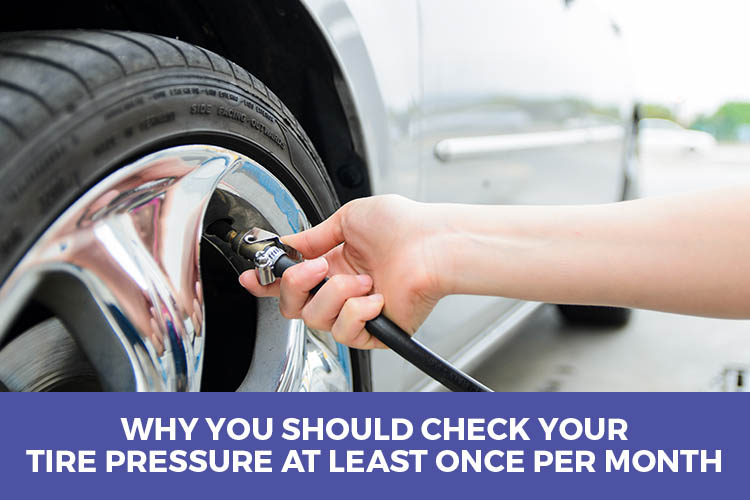 Or we slightly deviate from the manufacturer's recommendations and raise the pressure not as much as the manufacturer recommends.
Or we slightly deviate from the manufacturer's recommendations and raise the pressure not as much as the manufacturer recommends.
The main factor in changing the behavior of the wheel is not the pressure drop at altitude, but the presence of a large number of sharp turns and long braking. The tire will heat up not only from the loads, but also from the operation of the brake mechanisms. Therefore, the idea that due to low pressure it is necessary to increase the pressure in the tires is wrong, because the temperature of the wheel has a much greater influence in this case.
The recommended pressure is always given when the tires are cold. This means that the vehicle has not been driven for three hours or has traveled less than 1 mile (or one mile).
There are two ways to check tire pressure: on your own or at a workshop. In the first case, it is enough to use a public pump at a gas station or purchase a pressure gauge.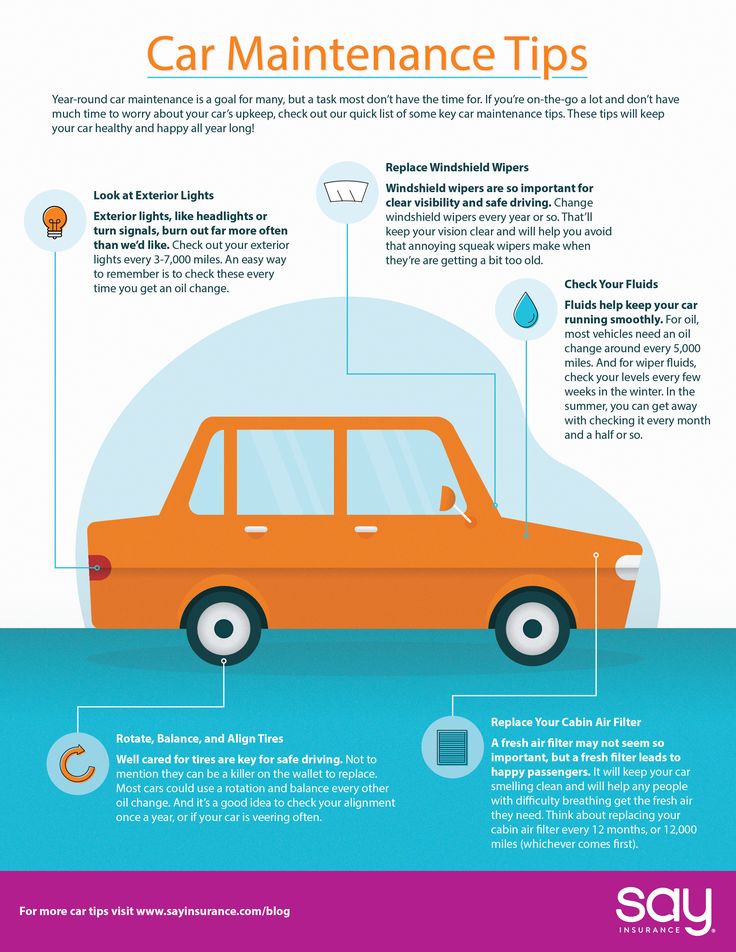 This tire pressure measuring device comes in three types:
This tire pressure measuring device comes in three types:
Another option is to install special pressure control caps on each nipple. Such a gadget works as follows: the upper part of the cap is transparent and, depending on the level of pressure, an indicator of three colors appears in it. Green - the pressure is normal, yellow - the tire is flat, red - the pressure has exceeded the norm.
Photo: Shutterstock
The easiest way to monitor tire pressure is with the automatic TPMS (Tire Pressure Monitor System). Today it is installed on almost all models, and in some countries its presence is a prerequisite for releasing a car from the assembly line.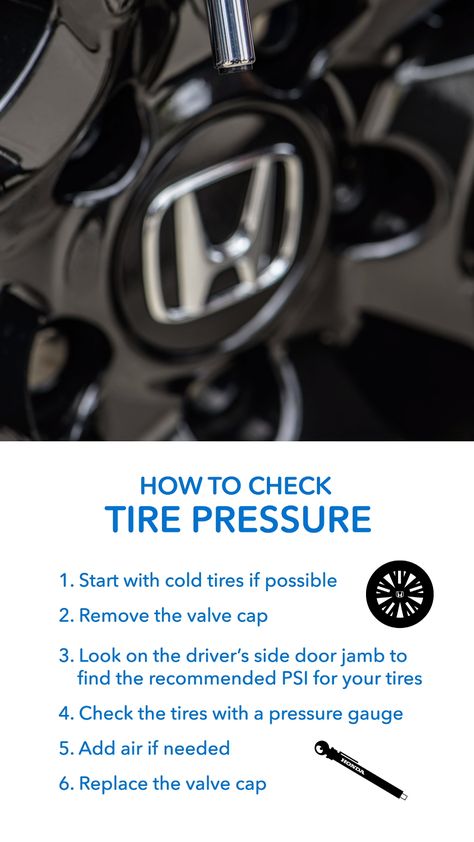
In these systems, the electronics automatically detect changes in the tire, and if the pressure drops below the recommended value, a warning signal lights up on the on-board computer screen.
There are two types of TPMS:
Car manufacturers recommend checking tire pressure every two weeks, but at least once a month. Indeed, even under ideal conditions (for example, the car is idle for a long time), the wheels lose approximately 0.069bar, or 1 psi, per month [4].
The pressure should be monitored before and after a long trip, during a sudden change in temperature (for example, during the first frost or warming), and also after changing tires or driving with a load.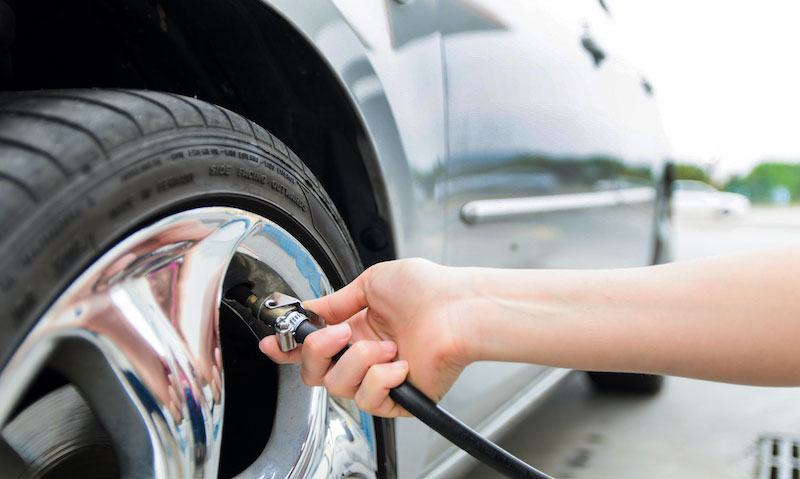
Also, don't forget the spare wheel. Automakers advise servicing it at least as often as the main wheels. As a rule, it has its own optimum pressure values, which can be found in the operating brochure or information table.
| Make and model | Standard load front pressure | Rear pressure at standard load |
| Lada Granta (standard version) | 2.0 bar | 2.0 bar |
| Lada Vesta | 2.2 bar | 2.2. bar |
| Kia Rio | 2.3 bar | 2.3 bar |
| Hyundai Creta | 2.3 bar | 2.3 bar |
| Renault Duster | 2.0 bar | 2.0 bar |
20. 01.2022
01.2022
Tires experience the greatest load in the car and constant contact with the road surface, which leads to their rapid tire wear. To extend the life of the rubber and at the same time ensure the safety of movement by car will allow maintaining the optimal pressure in the wheels, which can change under the influence of various factors. That is why, the question of how often to check tire pressure and how to do it correctly worries many car owners.
Regardless of the tightness of the tires, their pressure is reduced by 0.7 bar every month, even under ideal conditions. Inadequate pressure to the level recommended by the manufacturer not only shortens the life of the rubber, but also has more negative consequences. An excess or deficiency of this indicator is the cause of:
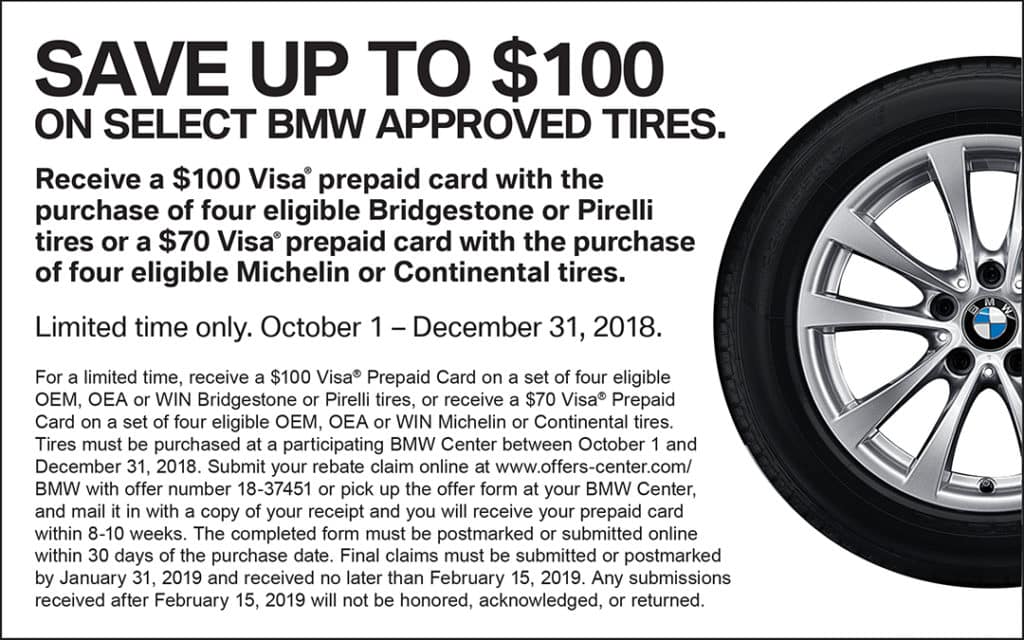
This can be avoided by checking the pressure in the car's tires at least once a month. It is also recommended to check the pressure level before and after long trips. For each car, the manufacturer indicates its requirements for this indicator, which is indicated on a special plate located near the driver's door, on the fuel tank or elsewhere, depending on the brand of the car.
It is possible to determine the deviation of pressure from the normal level of this indicator, according to certain criteria. With insufficient pressure, the wheels begin to make a whistling sound during the entry into a turn, even at low speed, and when cornering at high speed, the flat tires “break down”. If the lack of pressure is observed only on one wheel, then the car begins to pull to the side.
Inflated tires tend to have a sharp response to vehicle handling and terrain features, even when driving in a straight line. The car shakes noticeably on bumps and the side edge of the tire is more pronounced when entering a turn. In addition, with excessive pressure, the car rolls well on both flat and uneven surfaces.
In addition, with excessive pressure, the car rolls well on both flat and uneven surfaces.
The most common, convenient, and accurate method of measuring pressure is with a pressure gauge built into an air compressor. It can be found at service stations or specialized gas stations, or you can purchase a portable device for personal use at an auto shop. Depending on the version, there are three types of such equipment on the market:
In addition, there is an alternative to pressure gauges on the market - special electronic sensors made in the form of caps.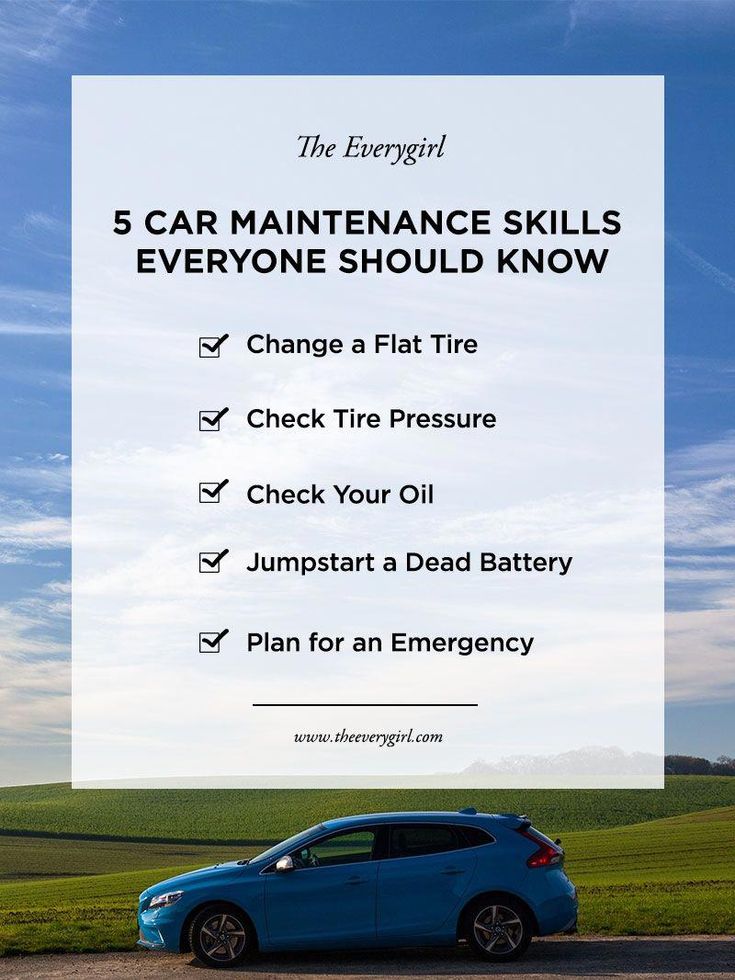 They constantly determine the level of pressure in the tire and allow you to control the degree of inflation without additional equipment. Sensors with a transparent upper part are installed on each nipple. Depending on the pressure indicator, the transparent part is painted in a certain color:
They constantly determine the level of pressure in the tire and allow you to control the degree of inflation without additional equipment. Sensors with a transparent upper part are installed on each nipple. Depending on the pressure indicator, the transparent part is painted in a certain color:
The most accurate solution is offered by the Tire Pressure Monitor System (TPMS), which is already installed on many modern cars in factory conveyor conditions. In this case, the electronics independently determines the change in tire pressure and notifies about it using the on-board computer. Today TPMS is represented by several types:
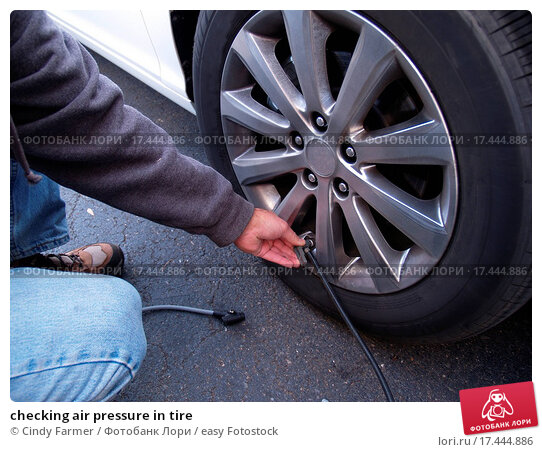 Based on these ratios, the system determines the pressure level and detects the problem, which alerts the driver, but without transmitting accurate data.
Based on these ratios, the system determines the pressure level and detects the problem, which alerts the driver, but without transmitting accurate data. The main mistake that car owners make is to measure the air pressure in the tires after a long trip or after the car has stood in the sun for a long time. To get up-to-date data, check the tire pressure when the tires are cold. The best time for this is the morning hours. If the car has driven several tens of kilometers or stood in the heat, the results will not be correct.
The level determination process itself is carried out as follows:

If the pressure level deviates up or down, it is necessary to correct this indicator by dropping or increasing the amount of air in the wheels and reinstalling the cap on the air valve.
This procedure must be carried out in each case for all four tires. With regular changes in pressure, it is necessary to have the wheels checked by a professional workshop.
Different units are used to measure pressure. In Russia, this indicator is determined in bars (bar) and atmospheres (kg / cm²). Both measurement options are used as synonyms, since they are almost identical to each other: 0.9869 atm=1 bar.
For foreign models, this parameter is determined by the ratio of pounds per square inch and is indicated by "psi", which differs from the bar value: 1 bar = 14.5 psi. Due to the difference in values and the need to calculate the rate using formulas, many manufacturers indicate the optimal pressure in several units at a time.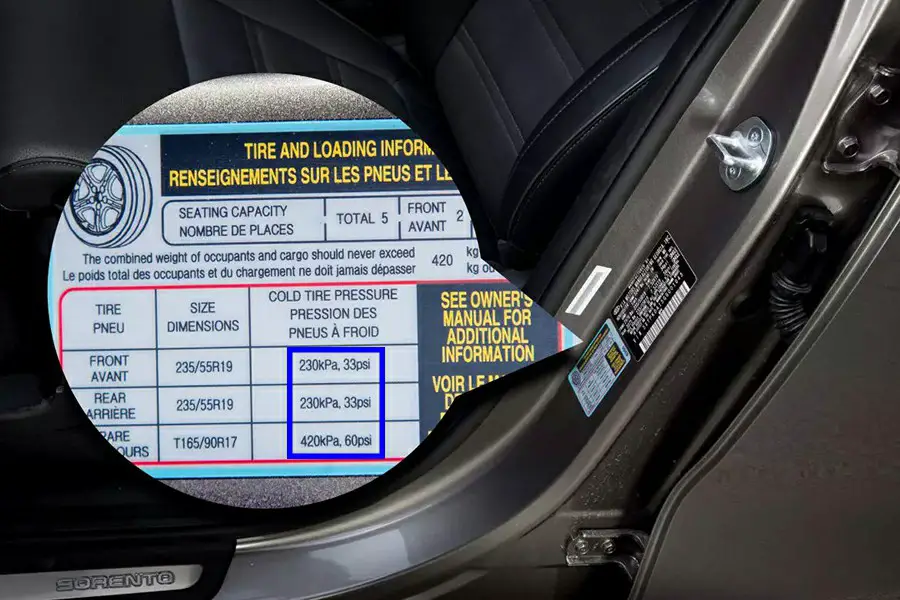 In other cases, you can use the standard table of unit ratios for the most common values:
In other cases, you can use the standard table of unit ratios for the most common values:
| bar | 2 | 2.2 | 2.5 | 2.7 | 2.9 |
| psi | 29 | 32 | 36 | 39 | 42 |
Anyone, even a novice driver, knows that tire pressure directly depends on the ambient temperature. When it gets cold, it drops, and during hot weather, on the contrary, it rises. As practice shows, deviations from the norm are observed even if the temperature fluctuates between 7–9 degrees.
When using summer tires in the warm season, it is recommended to follow the manufacturer's recommendations, and when using it in autumn or winter, it is necessary to add about 0. 2 bar to these figures, since on average the wheel regularly bleeds air in the range from 0.07 to 0.14 bar.
It is better to inflate outdoors, and not in a warm garage, since in this case the data will be incorrect and when the car leaves the open area, the tire pressure level will be lower than that which was inflated in the heat. In the summer, before checking and pumping, you should make sure that the car was not standing under the rays of the scorching sun.
When pumping air into the wheels in the summer, it is better to under-pump a little. This is due to the fact that during the heat the roadway also heats up, which increases the contact patch with the surface and, as a result, friction. These factors provoke heating of the air in the wheel, its expansion and an increase in the atmosphere under the tire up to 15%. In winter, a different picture is observed. In severe frost, after the car has left a warm room, there is a sharp compression of the air, so it is better to increase the pressure in the tires of the car in winter.